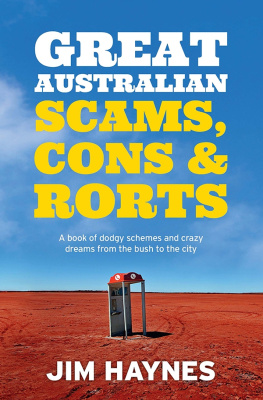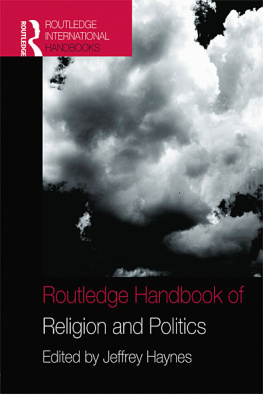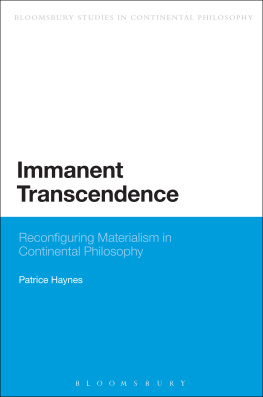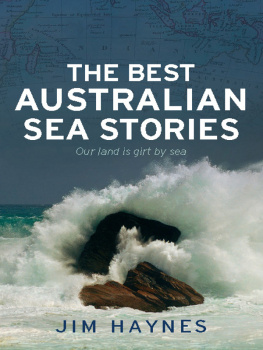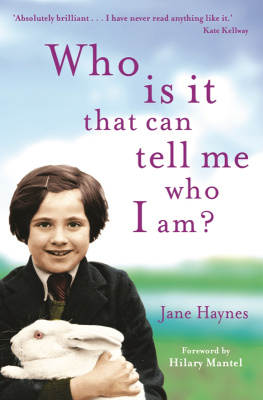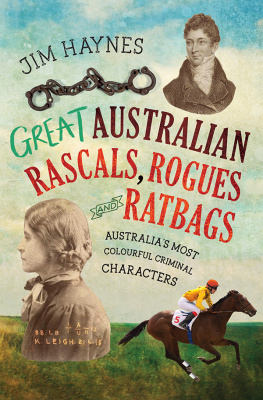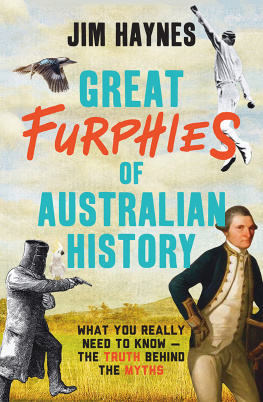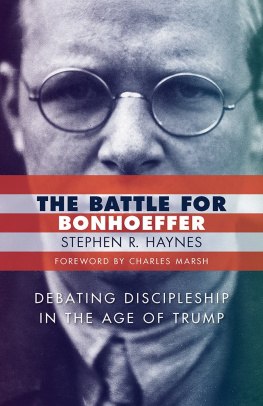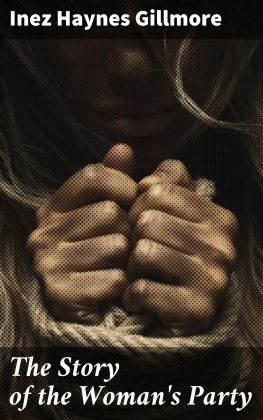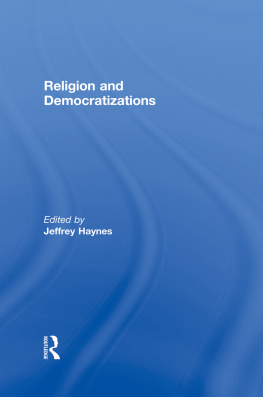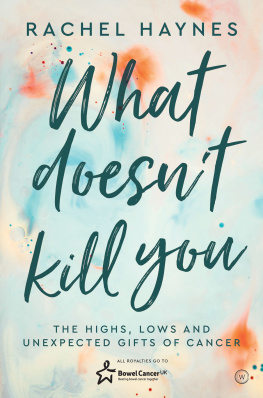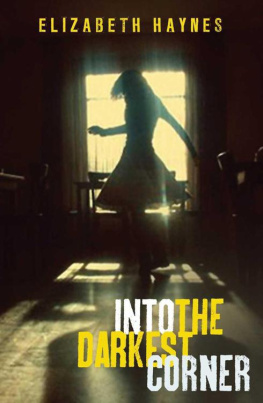
Jim Haynes is a first-generation Aussie whose mother migrated from the UK as a child during the Depression. His father arrived on a British warship at the end of WWII, met his mother and stayed. My parents always insisted we were Australian, not British, says Jim.
Educated at Sydney Boys High and Sydney Teachers College, he taught for six years at Menindee, on the Darling River, and later at high schools in Northern New South Wales and in London. He has also worked in radio and as a nurse, cleaner and sapphire salesman, and has two degrees in literature from the University of New England and a masters degree from the University of Wales in the UK.
Jim formed the Bandy Bill & Co Bush Band in Inverell in 1978. He also worked in commercial radio and on the popular ABC Australia All Over program. In 1988 he signed as a solo recording artist with Festival Records, began touring and had a minor hit with Mow Ya Lawn. Other record deals followed, along with hits like Since Cheryl Went Feral and Dont Call Wagga Wagga Wagga.
Having written and compiled 24 books, released many albums of songs, verse and humour and broadcast his weekly Australiana segment on Radio 2UE for fifteen years, Jim was awarded the Order of Australia Medal in 2016 for service to the performing arts as an entertainer, author, broadcaster and historian. He lives at Moore Park in Sydney with his wife, Robyn.
ALSO BY JIM HAYNES
The Big Book of Verse for Aussie Kids
Best Australian Racing Stories
The Great Australian Book of Limericks (2nd ed.)
The Best Australian Trucking Stories
The Best Australian Sea Stories
The Best Australian Bush Stories
The Best Australian Yarns
Australias Best Unknown Stories
The Best Gallipoli Yarns and Forgotten Stories
The Big Book of Australian Racing Stories
Australias Most Unbelievable True Stories
First published in 2017
Copyright Jim Haynes 2017
All rights reserved. No part of this book may be reproduced or transmitted in any form or by any means, electronic or mechanical, including photocopying, recording or by any information storage and retrieval system, without prior permission in writing from the publisher. The Australian Copyright Act 1968 (the Act) allows a maximum of one chapter or 10 per cent of this book, whichever is the greater, to be photocopied by any educational institution for its educational purposes provided that the educational institution (or body that administers it) has given a remuneration notice to the Copyright Agency (Australia) under the Act.
Allen & Unwin
83 Alexander Street
Crows Nest NSW 2065
Australia
Phone: (61 2) 8425 0100
Email: info@allenandunwin.com
Web: www.allenandunwin.com
Cataloguing-in-Publication details are available from the National Library of Australia
www.trove.nla.gov.au
ISBN 978 1 76029 650 6
eISBN 978 1 76063 969 3
Set by Midland Typesetters, Australia
Cover design: Romina Panetta
Cover image: Auscape / UIG / Getty Images
This book is for my niece, Alison Dellit, and all her colleagues at the National Library of Australia, who, by their persistent commitment to Trove, make books like this one possible.
CONTENTS
Australian history is almost always picturesque; indeed, it is so curious and strange, that it is itself the chiefest novelty the country has to offer, and so it pushes the other novelties into second and third place. It does not read like history, but like the most beautiful lies. And all of a fresh new sort, no mouldy old stale ones. It is full of surprises, and adventures, and incongruities, and contradictions, and incredibilities; but they are all true, they all happened.
Mark TwainFollowing the Equator
Whenever I told anyone I was writing about Australian scams, cons and rorts during the time that I was researching and writing this collection, the most common comment was something along the lines of, Well, theres no shortage of material there or Youll have plenty to choose from.
It seems that many Australians are of the opinion that our nation has a particularly rich history of deceitful behaviour, cunning plans to relieve the gullible of their hard-earned cash, and imaginative and risky schemes designed and carried out with a certain, particularly Australian, panache and daring.
Perhaps it is so, although I am quite sure every nation has its fair share of risk-taking, daring and imaginative scammers and con men.
When our national character is discussed, much is often made of our convict beginnings, and it is true that European settlement in Australia began with Sydney Cove being used as a dumping ground for the unwanted criminal elements of British society. This undeniable historic fact has been used to explain many elements of our national character, including our tolerance of alcohol, a tendency to bend the rules here and there, and the belief that everyone deserves a fair go.
Whether these traits are part of any real national character or not is a very moot point. Perhaps this mythical Australian character is something wed like to believe. Perhaps it is merely part of the romance of the past.
Still, it is fascinating to read Mark Twains assessment of Australia at the end of the 19th centuryand I suspect he was on to something.
When Twain visited and made his observations, the European history of Australia was just a century old, the unmistakable influences of transportation, exploration and the discovery of gold were still very much a part of the society he experienced, analysed and enjoyed.
There are themes that run through the stories in this collection, yet I didnt set out to collect and relate the stories with any particular themes or subjects in mind. I simply looked for entertaining examples of clever and deceitful behaviour.
One odd thing I noticed about the con men I chose to write about is that so many were really big men. Lawrence Hargraves, George Cochrane and Harry Readford all stood over 6 foot 2 inches (190 centimetres) and the Tichborne claimant weighed almost 26 stone (170 kilograms). On the other hand, Peter St Albans weighed about 32 kilograms and Jack De Garis was 4 feet 11 inches tall (149 centimetres). They were all, however, larger than life in some way or another.
On a more serious note, I found that certain subjects, social issues and personality traits turned up again and again, especially events to do with gold, art, forgery and horsesas well as themes of opportunity, rebellious spirit and class struggle.
Im sure that these things are not specifically unique to our national spirit and history, but I suspect that the combination of these elements is often especially Australian.
Ill leave you to decide.
This is the best piece of bush verse about a spontaneous con jobever! My old mate Grahame Watt is one of those bush poets who always gets it right when he writes about small-town characters. Grahame has a knack of capturing in verse the dry Aussie sense of humour, and that laconic, deceitful manner of spinning a yarn that seems to come so easily to many bushmen.
The Mongrel
Grahame Watt
Who owns the mong in the corner?
The bloke at the bar loudly said,
Hes breathing his last breath I reckon,
That poor blessed dog looks near dead!
And dogs arent allowed, where I come from,
To frequent hotels in the town.
Next page
